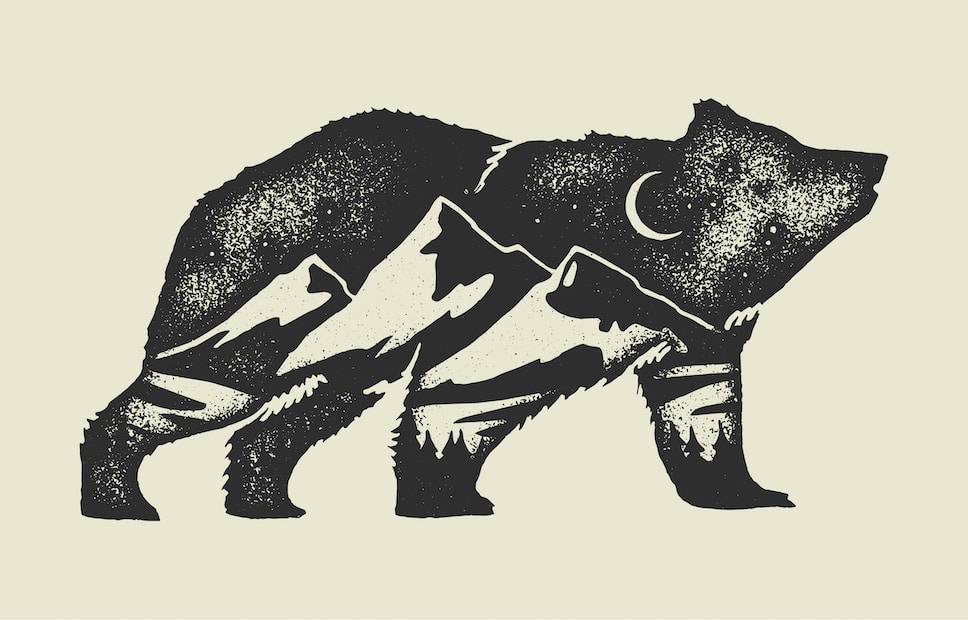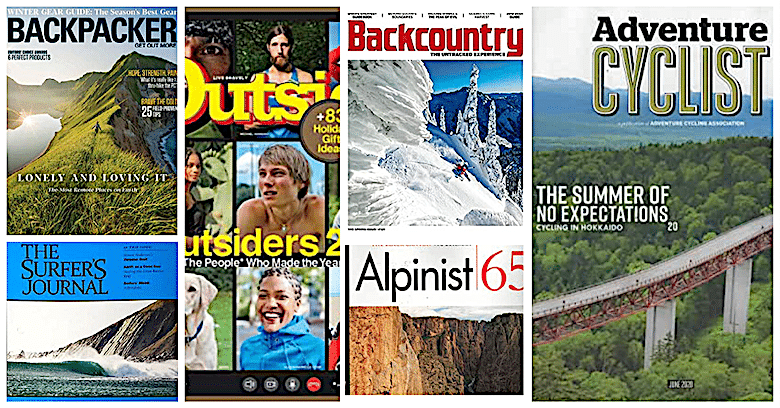Applying the Principles of ‘Leave No Trace’ to Daily Life in an Urban Setting
UncategorizedWhat is Leave No Trace?
The idea behind Leave No Trace is to embrace specific wilderness stewardship values in order to protect our backcountry areas for generations to come. Back in the early 1940s, Robert Baden-Powell, founder of the world Scouting movement, said, “Try and leave the world a little better than you found it.” Over time, this morphed into, “Always leave your campground cleaner than you found it.”
Fifty years later, in the early 1990s, that Leave No Trace concept was immortalized through an educational curriculum developed by the United States Forest Services in partnership with NOLS (the National Outdoor Leadership School). The outcome was an agreed framework for instilling awareness on the part of wilderness travelers to interact with nature in a manner that reduces human impact.
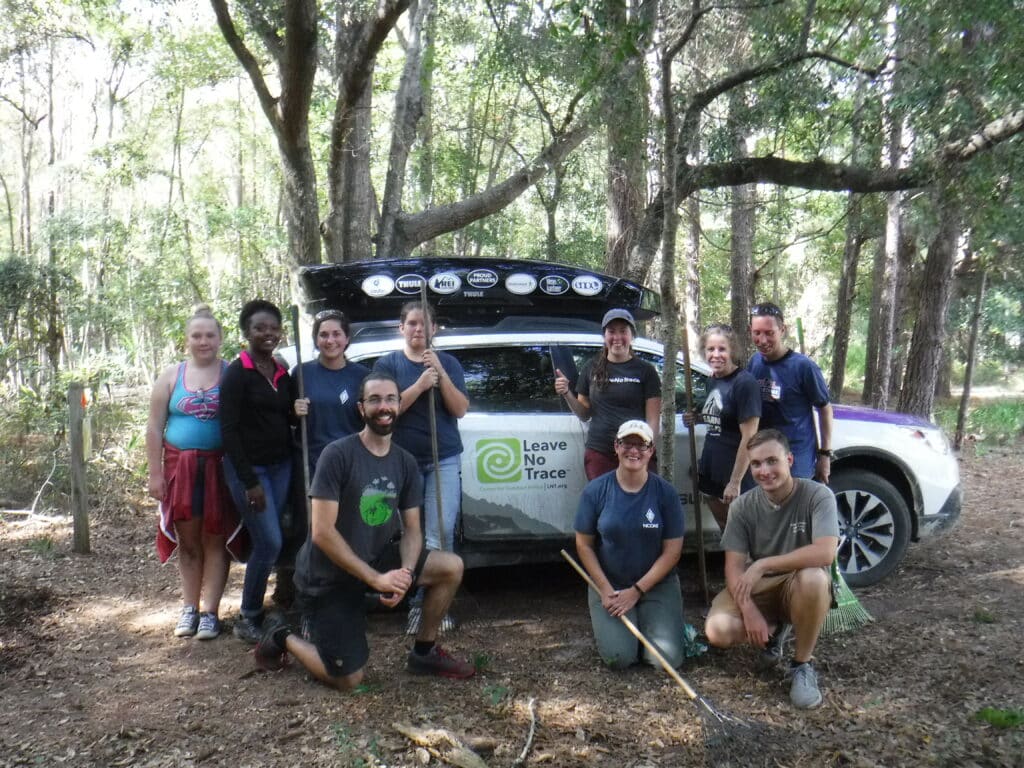
What is The Importance of Leave No Trace?
The idea behind Leave No Trace is to embrace specific wilderness stewardship values in order to protect our backcountry areas for generations to come. Today, that program — run by the Leave No Trace Center for Outdoor Ethics in Boulder, Colorado — impacts more than 15 million people in the United States and dozens of other countries with conservation initiatives, education, training, and research.
Baden-Powell’s simple sentiment more-or-less condenses the seven principles behind today’s Leave No Trace (LNT) program. The well-known LNT’s principles are: (more…)
The Three Bears: Part 3 — Decision Time for the Trailbike Rider
WildlifeEditor’s Note: Below is final part in Stephen Mullaney’s three-part series of essays about encounters with bears in the backcountry. The first essay in the series recants the shock Stephen experienced with one particular bear encounter, while the second essay in this series attempts to find humor in a persistent bear taking up quarters in an NCOAE camp late at night. This time around, Stephen — who serves as Director of School Partnerships here at The National Center for Outdoor & Adventure Education (NCOAE) — writes about a timing issue.
Decision Time for the Trailbike Rider
When NCOAE offers larger courses or custom outdoor education courses, we try to have a floater in the field. The floater is an instructor who knows the course area, can navigate to multiple groups in a single day, and has the ability to be flexible and help out when groups are in need of extra support.
I enjoy being a floater because it allows me to see the NCOAE field staff in action. To watch an NCOAE instructor teach is inspiring to me. It also has the added benefit of allowing me to discover different approaches to teaching our curriculum. As a result, being a floater is akin to real-time professional development.
On one particular wilderness course for which I was the floater, we 11 crews/groups in the field. Because of the distance between the groups, the terrain that would need to be traversed, and the need to reach groups quickly, I figured using a trail bike was a no brainer. I could get to each group every four days and still be able to respond to any group that may need outside support in a quicker fashion.
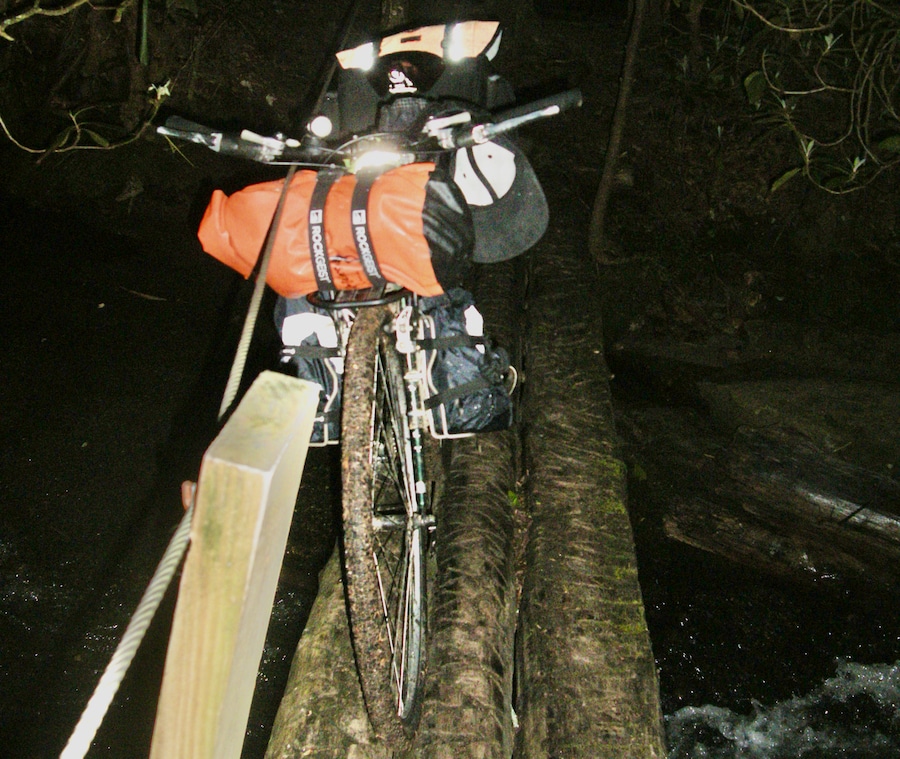
Each day I woke up, left the crew with which I had spent the night, and headed off to meet the next crew before they had even had their breakfast. Then I was off to the next group before lunch, and I usually showed up to meet my final crew for the day a little before dark. Or very much after dark depending on circumstances.
(more…)The Three Bears: Part 2 — Some Confrontations Can Be Humorous
WildlifeEditor’s Note: In this, the second installment of “The Three Bears,” we’ll hear from NCOAE staffer Stephen Mullaney tell yet another true tale about confrontations with bears. In this post, he’ll attempt to find the humor in a persistent bear taking up quarters in an NCOAE camp late at night. But let’s let Stephen tell the story:
The spot where this particular bear adventure occurred is conveniently located near an area we used for climbing instruction. Unfortunately, the site is also known for its occasional bear activity, and with proper planning and risk mitigation, can be safely used for that purpose. This was an outdoor education industry training trip, and all participants were adults with lots of experience guiding in the backcountry.
We had finished cleaning up camp, putting our bear canisters well away from campsite and had settled down for a well-deserved night of sleep after a long day of climbing. I laid down in my hammock and was asleep in an instant.
Having spent an incredible number of nights sleeping in the woods, I have learned the difference between a stick or branch falling, being blown by the wind or being cracked in half under the weight of a large animal.
The crack that woke me up was the crack made by the weight of a large animal.
I rolled over, lifted my tarp, and took stock of the situation. I didn’t get out my hammock, because I didn’t want to fully wake up if everything looked copacetic. No more sound means more sleep, and I rolled over and fell back to sleep.
Crack!
There it was again.
I repeated my previously approach of taking a peek while buried in my hammock. However this time the cracking continued, and I was able to (more…)
The Three Bears: Tales of Terror and Trepidation — Part 1 “The Shock”
WildlifeWhen folks find out that my work often takes me into the backcountry, one of the first questions they usually ask me is, “Have you ever had a run-in with a bear — a bear encounter?”
After I tell them that I have had run-ins with bears in the backcountry, they ask what’s that’s like. And that’s when I share that there are many emotions attached to an encounter with a bear in the wilderness, ranging from shock, to humor, to the sudden and unexpected “meet and greet” where you wonder, “Am I going to have to physically engage with this bear?”
First up in this three-part series on bear encounters in the backcountry is a true story about ashocking bear encounter.
A Shocking Bear Encounter
It was Day Two on a multi-day backcountry expedition when someone in the group needed to stop and use the facilities, meaning off the side of the trail. The hiker asked for the “Poop Kit,” which contains hand sanitizer, a trowel to dig a hole and everything else needed for a semi-comfortable sitting.
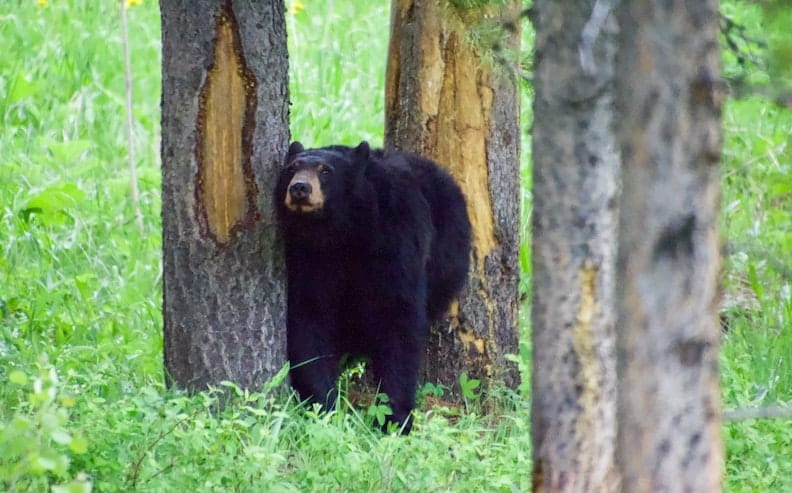
Problems arose when no one could find the kit. As an aside, when traveling as a group, each participant is responsible for carrying the same communal gear each day — that way, nothing gets lost. So, who had been carrying the kit for the entire trip?
A voice spoke up, “I’m supposed to have it, but it’s not in my bag.”
Someone else said, “I saw it by the fire ring this morning while we were getting ready to head out.”
Not too happy, I looked at my co-leader and told him, “One of us needs to hike back and get it while the other gets the group into camp.” I lost the coin toss, and prepared to head back to get the kit. Wanting to travel light, I hung my backpack up in a tree, grabbed a snack and a bottle of water and headed the four miles back to the previous night’s campsite.
(more…)Inspiration Through a Journey of Exploration — Part Three: Outdoor Magazines
WildlifeAs you’re probably already aware, outdoor magazines such as Bike, Surfer, Powder and Snowboarder have all shuttered their windows and shut down their presses. So now what? Where do you turn for some real human-powered and adventure-based outdoor and journalism? And by journalism, we’re not talking about tweets, posts, and pieces written in and curated by whatever advertising banner flies across a website or social media platform.
Print journalism — especially outdoor magazines — is supposed to show an investment in credibility. Its printed editions say, we care and we are serious about what we do. And how do you gain access to a quality outdoor journal? You pay for it, that’s how.
We have no problem spending money for independent music, artisan foods and craft beer, as well as the artists we really want to see. To obtain those experiences, we go buy the vinyl, we shop the local markets, we attend the art shows, and we actively support these ventures.
But today, the majority of our best journalists, photographers, editors, and artists are independent operators, some contributing to outdoor journals such as Adventure Cyclist Magazine, BikePacker Magazine (now part of Bikepacking.com), The Surfers Journal, and Adventure Journal. Unfortunately, these magazines could soon disappear if we don’t continue to support their work.
“Ah,” you say, “But I can view any of these journals on their websites and see what they are doing.” Yes and no.
Yes, you can see the work of these journals — and their journalists — online, and indeed, the quality of the photography is beautiful, and the writing is inspiring. With just a click of a mouse, you can get a fair representation of what a slick, colorful, hold-in-your-hand magazine can give you. But not quite.
Print magazines and journals are the best! They physically arrive on your doorstep and you devour them so fast you can’t wait for the next to arrive. And the next issue won’t arrive for another three months! So, you keep your back issues. Another plus, no need to plug in, boot up, log on, and go into a search box to find words to read and beautiful pictures to help you escape.
Three months between issues? Sometimes! Quality takes time.
We’re not saying online journalism is without merit. But, honestly, in a short time, online articles are shuffled off to Recent Posts archives, mistakes and typos are corrected and edited. But once a magazine or journal is printed and in your hands, it is (more…)
TALK TO US
Have any further questions about our courses, what you’ll learn, or what else to expect? Contact us, we’re here to help!
